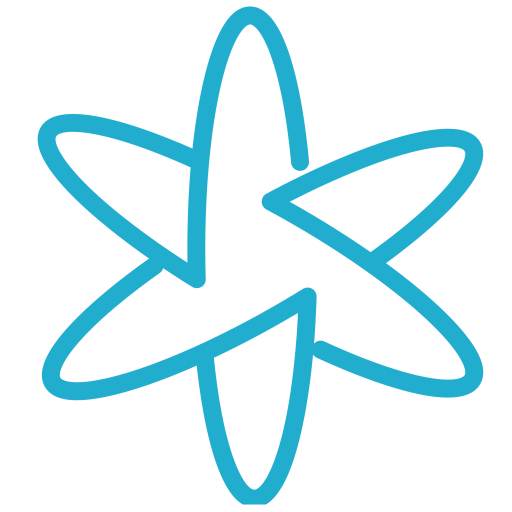In a landmark collaboration, Riverlane teams up with MIT’s Plasma Science and Fusion Center. Together, they push the boundaries of Fusion Energy. They delve into Quantum Computing to decode plasma dynamics. Their goal? To mimic a star’s core in our labs. Plasma systems complexity is deconstructed by pioneering quantum algorithms, capable of mastering intricate equations such as the Vlasov equation.
Their efforts gain momentum with backing from the U.S. Department of Energy’s Fusion Energy Sciences program. This initiative transcends academic pursuit—it’s a tactical approach to understanding matter in extreme conditions. Recognized by the National Academy of Engineering as one of the 14 Grand Challenges, the project heralds a new era in energy solutions.
Riverlane introduces its Quantum Error Correction Stack, crafted to fine-tune quantum computing efficiency. This system guards against errors, ensuring quantum calculations are seamless. This advancement paves the way for innovation across various sectors, from vehicle construction to environmental science. By leveraging MIT‘s resources, this collaboration not only aims to conquer fusion energy challenges but to also revolutionize fields such as aerospace and oceanography.
The Role of Riverlane & MIT in Advancing Fusion Energy Research
In the quest for sustainable energy, the Riverlane MIT Collaboration stands out. It’s backed by significant Federal Research Support to tackle Fusion Energy Challenges. This partnership employs Riverlane’s Quantum Error Correction technology and MIT’s research skills. Together, they aim to convert fusion energy’s theoretical underpinnings into a workable solution. Quantum Error Correction is essential for controlling the unpredictable behavior of qubits. This technology is crucial for creating dependable quantum simulations.
This collaborative effort is part of the Fusion Energy Sciences (FES) program by the U.S. Department of Energy. It’s supported by a $400,000 grant. The project advances research in plasma dynamics and paves the way for key advancements in global energy production methods. It merges quantum mechanics with fusion science, marking a step towards making fusion energy a reality.

The project integrates Quantum Error Correction to address major Fusion Energy Challenges. By correcting system errors over ten billion times a second, Riverlane boosts the capacity for quantum algorithms. This enhancement allows for more accurate predictions and simulations of complex plasma dynamics. It’s a critical step for evolving our grasp and deployment of fusion energy, potentially ushering in a new, powerful, and sustainable power generation era.
The Riverpane MIT collaboration epitomizes innovation at the edge of energy production advancements, stimulated by Federal Research Support. It highlights the importance of strategic alliances and cutting-edge technologies. Together, these elements are instrumental in overcoming today’s substantial engineering challenges.
Fusion Energy Source with Quantum Computing. Riverlane and MIT Quantum Algorithm
The quest to harness fusion energy is getting a powerful boost from Quantum Algorithms. At the forefront, Riverlane and MIT use quantum computing to tame Plasma Dynamics. They’re not settling for small improvements. Their aim? A transformative leap in energy technology.
The U.S. Department of Energy’s Fusion Energy Sciences (FES) program recognizes this work as pivotal. It’s one of the 14 Grand Challenges for Engineering this century. We are on the verge of securing fusion energy, a feat likened to capturing the stars’ power. This progress is propelled by the synergy of quantum algorithms and plasma dynamics. At the heart, Riverlane’s Quantum Error Correction Stack works tirelessly. It fixes more errors in a second than there are seconds in a week, keeping qubits in check. This quantum prowess may revolutionize not just energy, but also transportation, oceanography, and space exploration.
The XPRIZE Quantum Applications is set to catalyze innovation with a $5 million incentive. Frontrunners including Google Quantum AI, Amazon Web Services, and Microsoft are gearing up. Quantum algorithms are poised to solve complex problems that defy classical computing. They promise breakthroughs in healthcare and energy sustainability. Riverlane and MIT are at the vanguard, steering us towards a future powered by fusion energy.
Source Links
- https://www.cic.vc/riverlane-and-mit-join-forces-to-develop-quantum-algorithms-for-fusion-energy-research/
- https://thequantuminsider.com/2024/01/31/riverlane-mit-researchers-work-on-quantum-algorithms-for-fusion-energy/
- https://quantumzeitgeist.com/riverlane-and-mit-join-forces-to-develop-quantum-algorithms-for-fusion-energy-research/
- https://www.riverlane.com/news/riverlane-and-mit-collaborate-for-u-s-department-of-energy-program
- https://www.xprize.org/prizes/qc-apps
